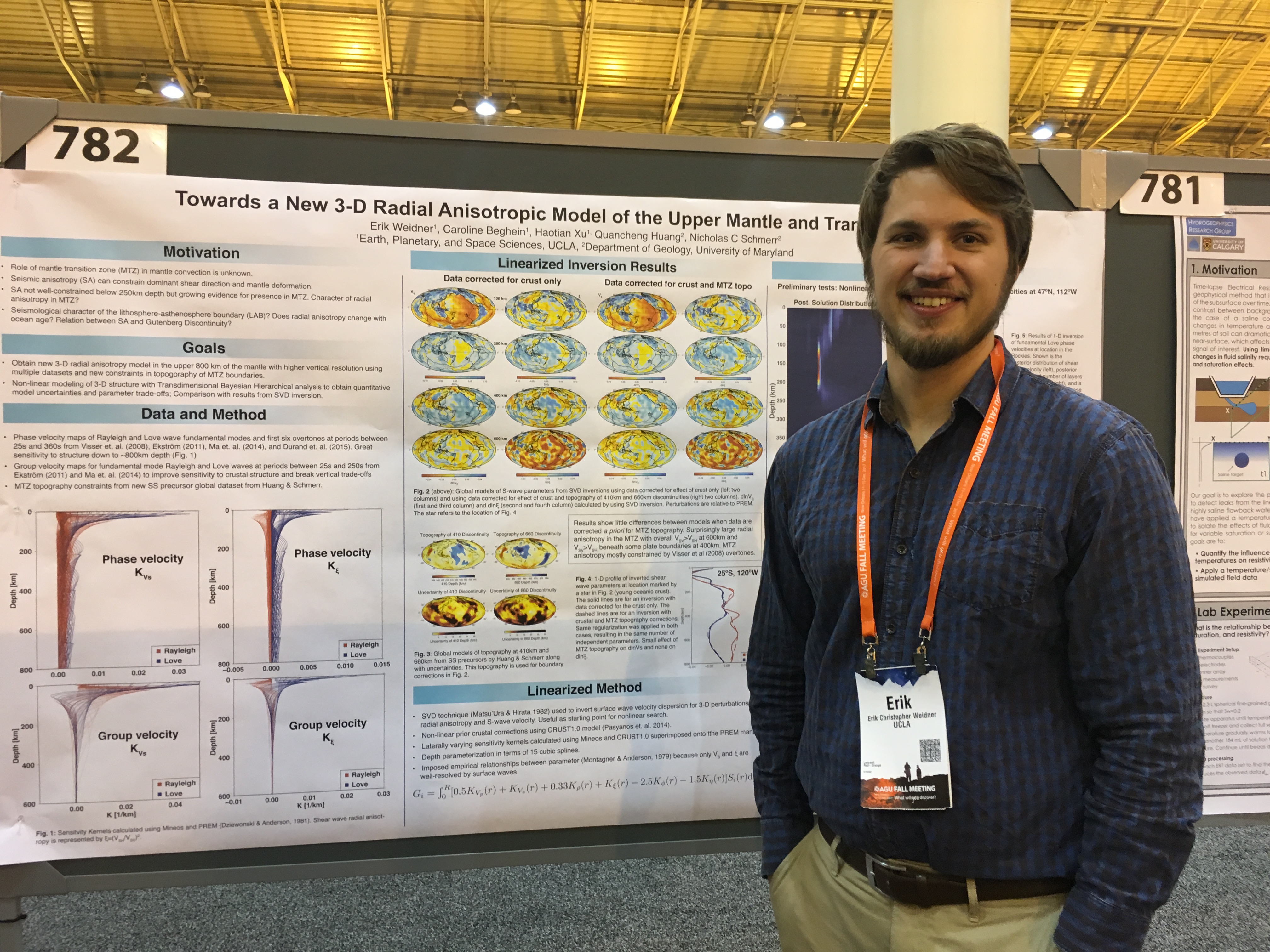Fischer et al. paper in press!
Excited for this new paper to be in press! Fischer, K.M., Rychert, C.A., Dalton, C.A., Miller, S.M., Beghein, C., and Schutt, D.L. (2020), A comparison of oceanic and continental mantle lithosphere, Physics of the Earth and Planetary Interiors, doi:10.1016/j.pepi.2020.106600




